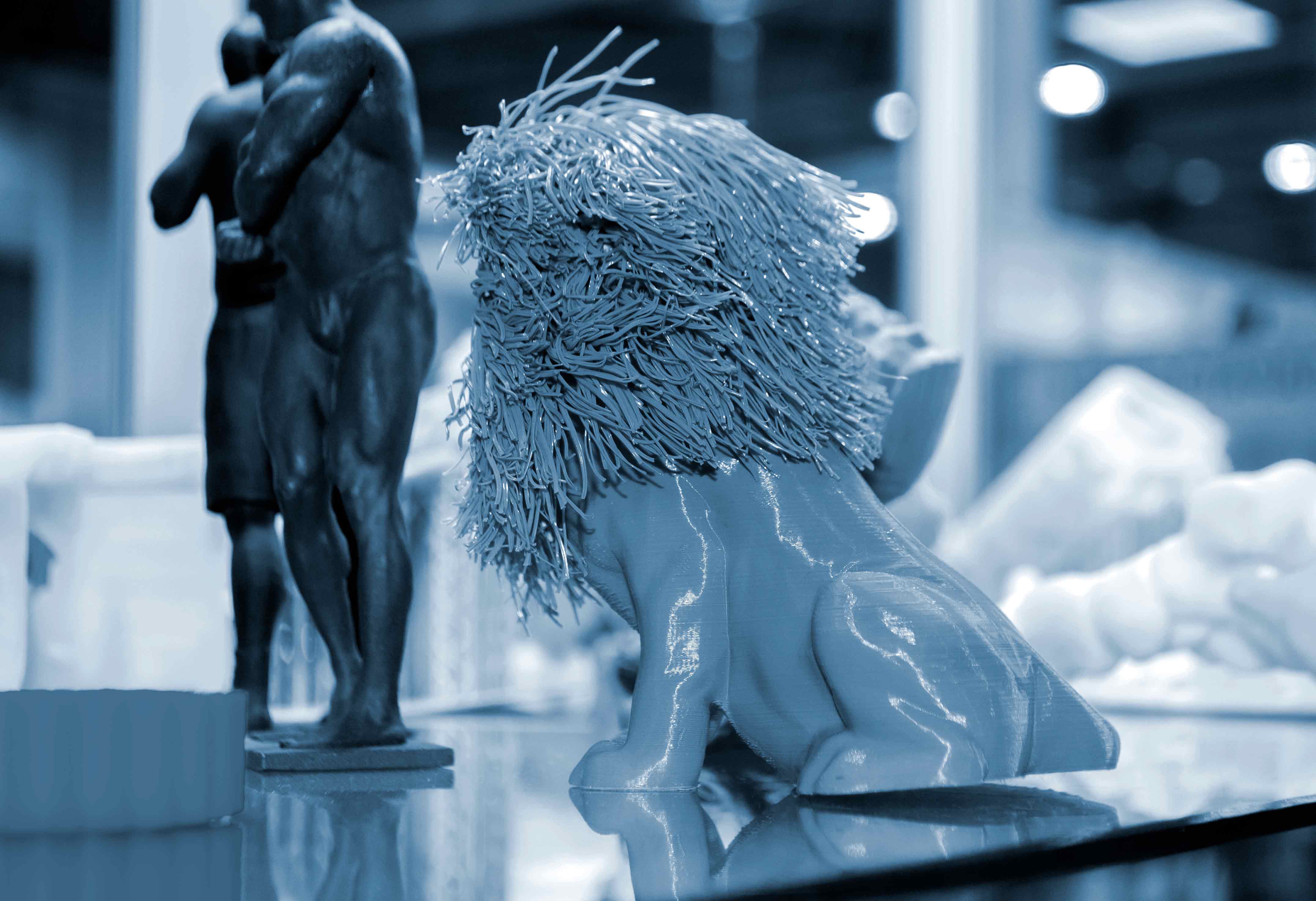Paint performance can be affected by the environment's temperature and the painted surface. Different types of paints react differently to temperature changes. Here are some common effects of high and low temperatures on paint performance and how to avoid them.
High-Temperature Effects
When the temperature is high, the solvents and thinners in the paint evaporate faster. It can cause problems for physically drying paints, especially oil-based paints. The solvents and thinners on the surface of the coating evaporate quickly and solidify, forming a thin, dry film. This film hinders the evaporation of the solvents and thinners inside the coating, causing wrinkling, exposure, and blistering. It is more likely to happen when painting outdoors in high temperatures and strong winds.
For chemically curing paints, the pot life of the paint after mixing is significantly shortened when the temperature is high because the temperature increases and accelerates the chemical reaction speed of the base material and the curing agent. The coating's curing time and recoating interval are also shortened.
When the paint is sprayed on a hot surface at a high temperature, the curing speed is accelerated, resulting in poor coating fusion, leveling, and porosity. Brushing on a hot surface will cause uneven coating and obvious brush marks.
How to Avoid High-Temperature Effects
The painting effect is not ideal when the temperature is higher than 30°C, so the steel surface exposed to the sun in summer should not be painted. Working in a cooler and ventilated condition in the morning and evening is better.
When spraying in a sealed cabin with a high temperature, the solvents and thinners evaporate quickly, producing a high concentration of gas quickly. Therefore, it is important to use reasonable and effective ventilation to avoid the risk of explosion.
Low-Temperature Effects
When the temperature is low, the paint's viscosity increases as the temperature decreases, making the brushing performance worse. Sometimes, an extra amount of thinner must be added to improve brushing performance, making it harder to achieve the specified paint dry film thickness and affecting the coating quality.
When the temperature is low, the curing time of the coating is prolonged, and the paint on the vertical surface may cause sagging during the drying process. When spraying under low-temperature conditions, a special paint heater can be used to increase the paint's temperature, improve the paint's construction performance, and ensure the quality of the painting.
Some two-component paints cannot be homogenized at low temperatures, and the reaction between the base material and the curing agent almost stops at low temperatures. In this case, sometimes a special low-temperature curing agent can be used. Generally, epoxy paints cannot be used below 10°C, and polyurethane paints cannot be used below 0°C. At the same time, as the temperature drops, the paint's curing time and recoating interval are prolonged.
When the temperature is below 0°C, ice may form in the pores of the steel surface, significantly reducing the coating's adhesion and antifouling performance. The paint construction should be stopped.
How to Avoid Low-Temperature Effects
Some physically drying paints, such as chlorinated rubber paints and vinyl copolymer paints, cannot be used at lower temperatures. It is advisable to check the manufacturer's instructions for the suitable temperature range for each type of paint before using it.
It is also recommended to store the paint in a warm place before using it and to avoid painting on cold or damp surfaces.












